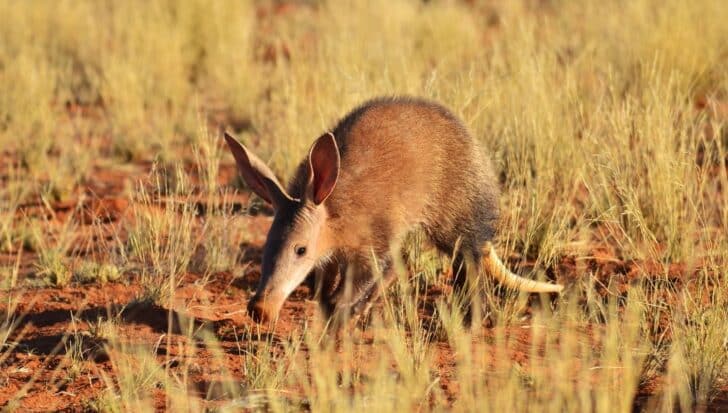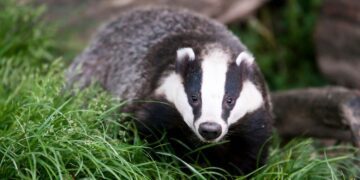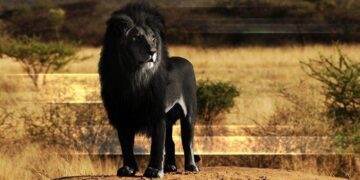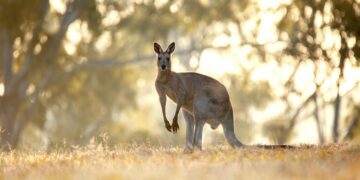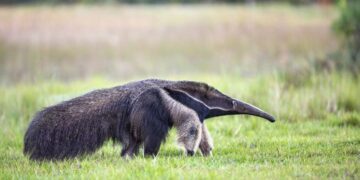Aardvarks are quirky animals with their long noses and pig-like snouts. They’re native to Africa and have cultural significance in many parts of the continent.
They’ve been the inspiration behind TV shows and books, and even had robots that clear landmines named after them.
If you’re looking to brush up on your aardvark knowledge and impress your friends, you’re in luck…
These facts are aard to beat!
Aardvarks weigh around the same as an adult man.
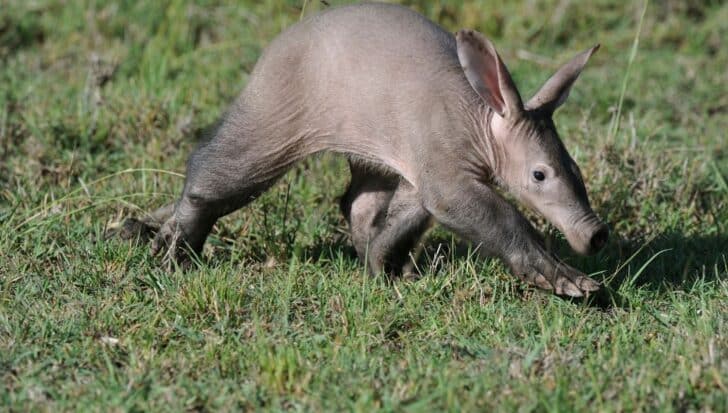
On average, aardvarks weigh 145 pounds (65 kg), making them similar in weight to a fully grown human.
While surprising at first, it makes sense if you imagine one standing on its hind legs; When measured from snout to tail, aardvarks are up to 7.2 feet (2.2 m) long.
Normally, though, an aardvark’s standing height of 42 inches (60 cm) is about the same as a one-year-old child’s.
They belong to the same mammal group as the African elephant.
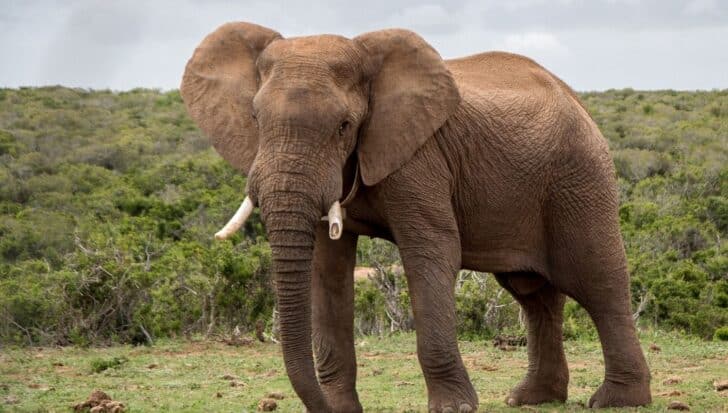
If you haven’t noticed how aardvarks resemble elephants, you certainly will now!
Despite their name meaning “earth pig,” aardvarks are more closely associated with elephants.
They are not related at all to anteaters, although many people wrongly believe they are because aardvarks also eat ants.
When you look at an aardvark, you will notice it has a grayish color, a rounded, arched body, and a long snout.
These features make it look slightly like a weird, small elephant with a short trunk!
Aardvarks are expected to be around for years.
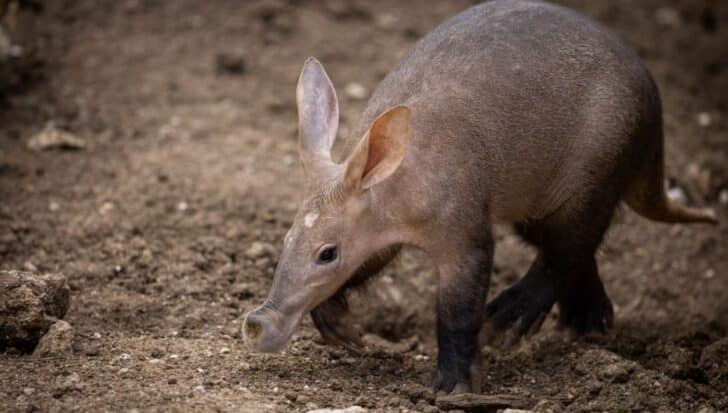
It is very difficult to know how many aardvarks there are in the world because they are nocturnal animals and are rarely seen.
However, the International Union for the Conservation of Species has said there is little concern about aardvarks becoming extinct.
Although they are hunted for their meat and body parts (such as teeth), there are many aardvarks living across Africa today.
National parks have taken steps to protect aardvarks and ensure they continue to breed for many years.
This is especially important as aardvarks lose their homes when natural land is built on.
Aardvarks have appeared in movies and TV shows.
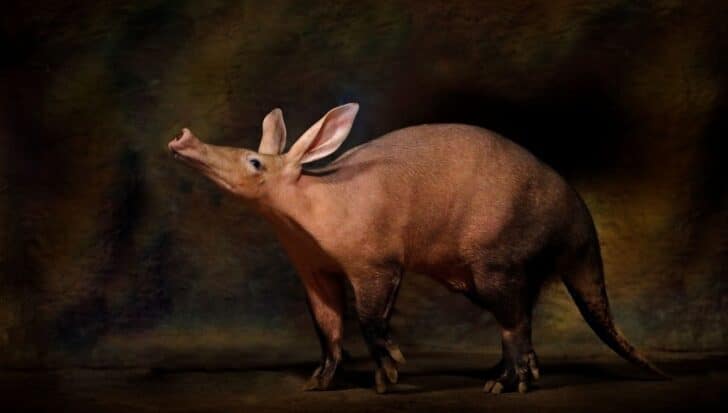
They can be seen in the 2019 live-action version of The Lion King and the 2009 movie Ice Age: Dawn of the Dinosaurs.
Some movies have even been named after aardvarks. Two different movies, both with the title Aardvark, were released in 2010 and 2017.
In 2024, producer Keith Kjarval announced he was working on a new cartoon movie, The Ark and the Aardvark.
It retells the famous story of Noah’s Ark from the point of view of an aardvark called Gilbert.
“Aardvark” is the first word in the dictionary.

The word “aardvark” is taken directly from the Afrikaans language, where aard means “earth” and vark means “pig.”
It is one of the very few words in the English language that begin with “aa,” which is likely one of the reasons why aardvarks have become so well-known!
They weren’t (and still aren’t) always called this, though. In Swahili, commonly spoken in eastern Africa, they are known as mhanga.
Aardvarks use their long tongues to catch insects.
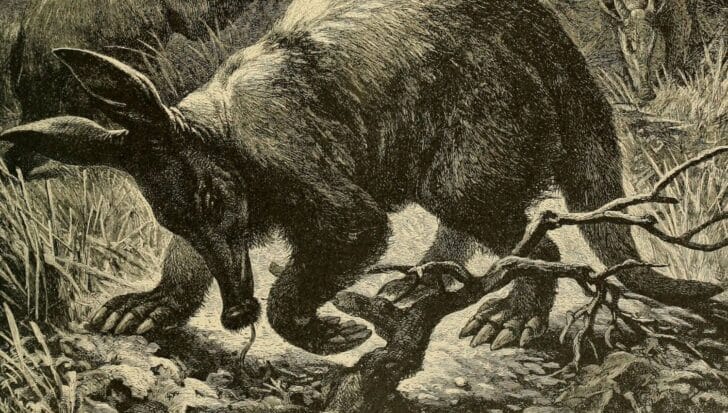
Some of the tastiest grubs like to hide away in hard-to-reach places, so aardvarks had to evolve extra-long tongues.
Really, their tongues can be up to 12 inches (30 cm) long! This can look very long compared to their small mouths and relatively small bodies.
An aardvark’s tongue is also sticky, helping them dig into the ground and quickly catch insects for their next meal.
Aardvarks live two to three times as long in captivity.
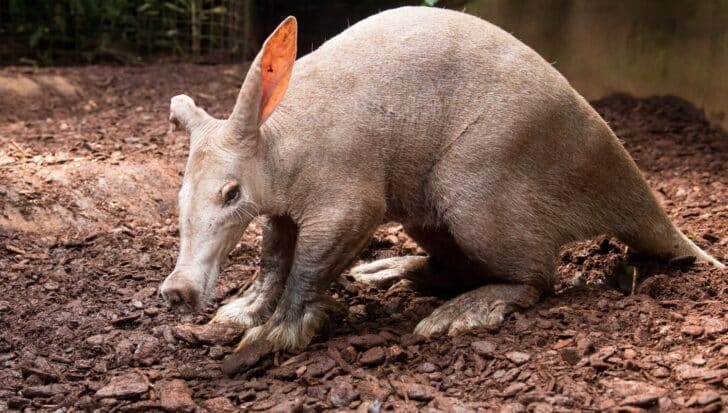
Aardvarks typically live for about ten to fifteen years in the wild, as their lives are constantly filled with danger.
Predators such as lions and leopards are always on the prowl, and humanity’s decimation of their natural habitat isn’t helping.
On average, aardvarks live for at least 24 years when in captivity, although a few rare aardvarks have lived much longer lives.
In September 2024, a female aardvark called Pieta turned 33 in Prague Zoo, Czechia, becoming the oldest in the world.
She must have had some good genetics, as her brother Afer reached the ripe old age of 32 in Colchester Zoo, England.
Pieta’s brother, Afer, also lived to be 32 years old in Colchester Zoo, England. An unnamed aardvark in Crandon Park Zoo in Miami, Florida, was also believed to be more than 30 years old.
However, since she came from the wild, only 26 years of her life have been recorded!
The main character in Arthur is an aardvark.

First appearing in a book in 1976, Arthur Read (and his family) is one of the most famous aardvarks.
Originally, Arthur had a long nose, just like an aardvark. The first book about him was even called Arthur’s Nose.
Over the years, his long snout shortened, and his face became rounder. By the time the animated show aired in 2003, Arthur looked very different!
The long-running favorite ended in 2022 but remains a much-loved series for children.
In 2024, the birth of a baby aardvark made national news in the UK.
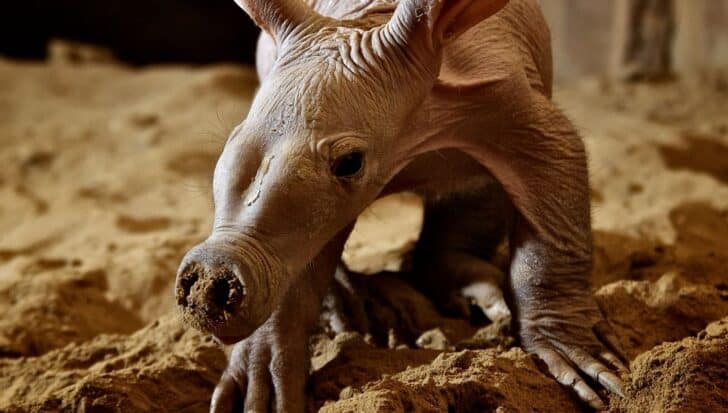
The news of a cute baby aardvark reached millions of people when it was born at Colchester Zoo, England, just a few weeks before Christmas.
Born on November 29, 2024, to mother OQ and father Koos, baby aardvark Roo was the 12th in a long line of siblings.
Zookeepers were thrilled to welcome the new addition. They said it would help ensure the aardvark population continues in the future.
The aardvark is the only living member of the Orycteropodidae family.
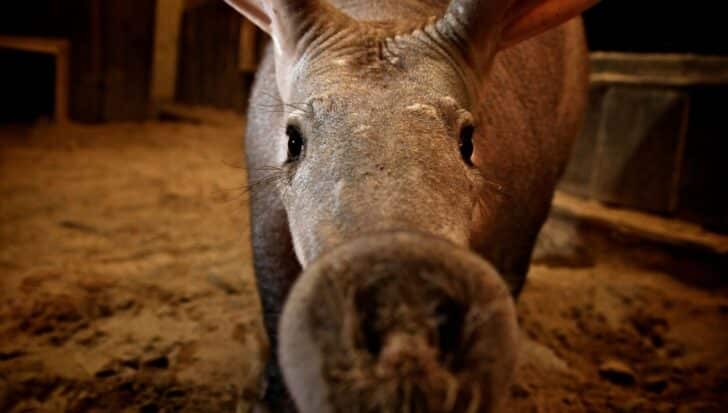
Originally, it was thought that aardvarks were related to American anteaters.
But at the end of the 19th century, scientists had discovered enough fossils from enough species that things didn’t add up.
In the end, they were placed within the Orycteropodidae family of the Tubulidentata order, along with a number of long-fossilized relatives.
That’s right; Aardvarks are the only remaining members of not just their family but their entire order, making them a very unique animal!
Tubulidentata, by the way, means “tube teeth.” And, if you look at an aardvark’s teeth, they are actually shaped like tubes!
Aardvarks are surprisingly good swimmers.
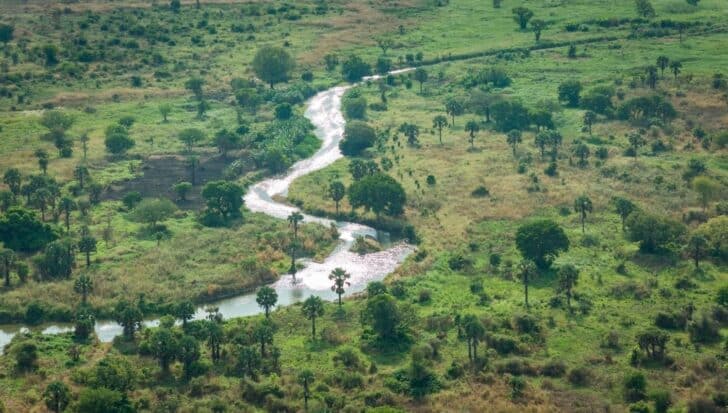
Looking at an aardvark, the last thing that would come to mind would be “wow, I bet they sure are great at swimming!”
Their large bodies are rather buoyant, meaning they have no worries staying afloat, and their funny little legs are strong enough to paddle through strong currents.
The children’s book Avago the Aardvark Goes Swimming, published by Sean Glenn in 2021, tells the story of an aardvark whose classmates encourage him to get into the water and swim!
Aardvarks create complex burrows to live in.
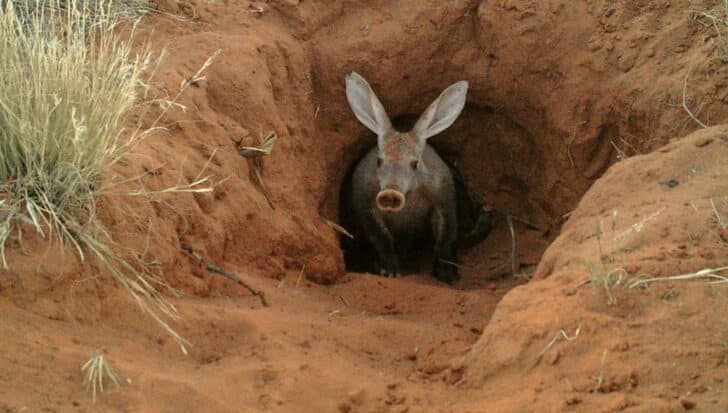
At just six months old, aardvarks are ready to dig their burrows. And if you blink, you’d miss it; aardvarks can burrow so quickly that they can vanish out of sight within five minutes.
Their burrows usually measure 6-10 feet (2-3 meters) long, although they sometimes reach as long as 42 feet (13 meters), with different areas for sleeping.
They don’t stick around in burrows for long, though, often moving on shortly after to create another.
This means other animals, like African wild dogs and warthogs, often come along and use an aardvark’s old home.
Aardvarks are used in traditional African magic.

The Hausa in West Africa believe charms made from aardvark skin and tree roots let you walk through walls, or even blend perfectly into the darkness of night.
Others, such as the Margbetu in the Democratic Republic of the Congo, believe charms made from aardvarks bring good luck!
Aardvarks are the only surviving members of a vast animal family. Efforts to protect them in zoos and national parks will ensure this continues for many years.
These fascinating animals are good at swimming, digging, hunting, and hiding. They are found across many areas of our lives, from the books we read to the movies we watch.
If you see an aardvark in a zoo, national park, or even out in the wild, you might have some good luck coming your way!

